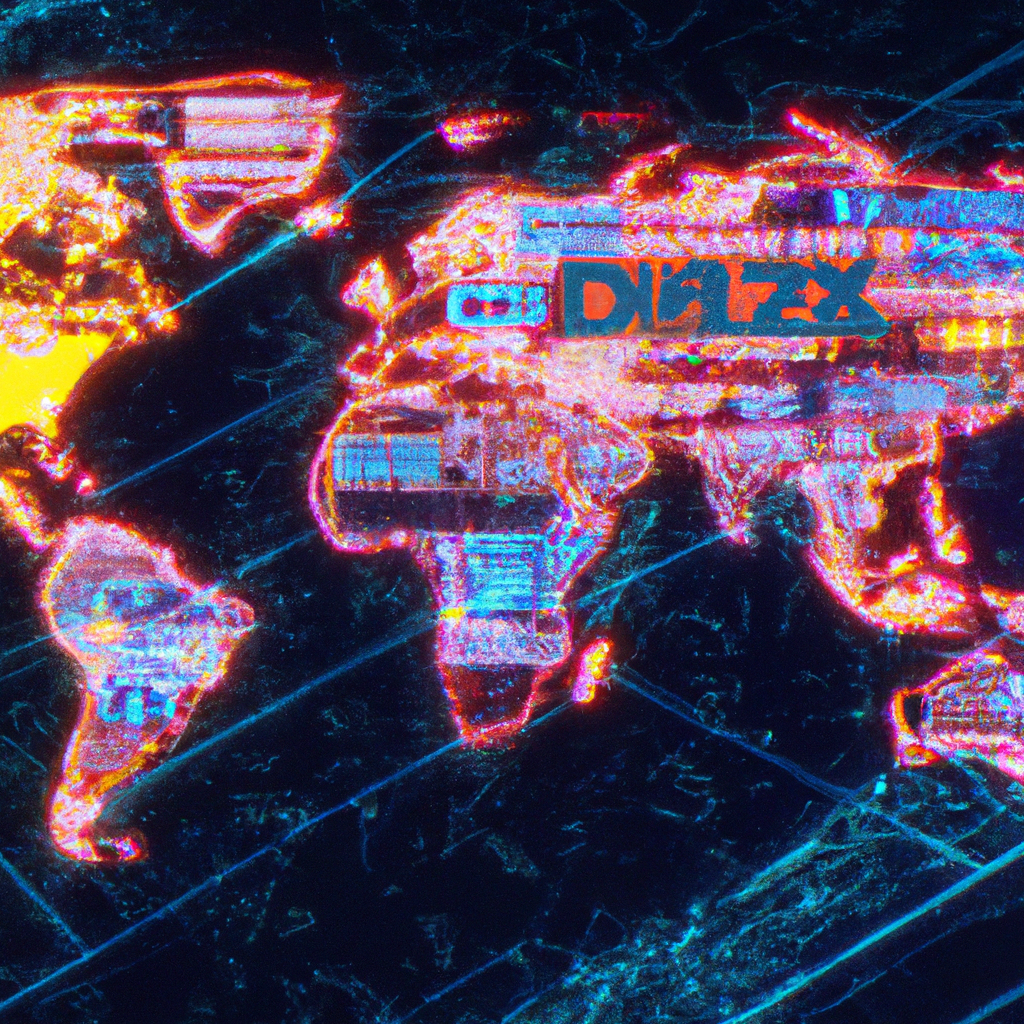Navigating the New Normal: The Economic Shifts of 2025
In the second quarter of 2025, the global economy continues to evolve rapidly, presenting both challenges and opportunities. This post delves into the significant economic shifts that are shaping industries, influencing consumer behavior, and redrawing the lines of economic power globally.
Understanding the Global Economic Landscape in 2025
As we move further into the decade, several key trends have emerged. Firstly, the rise of digital currencies is now impossible to ignore. Central banks around the world are either rolling out or have fully implemented their digital currencies, impacting everything from how transactions are conducted to monetary policy itself.
Secondly, the integration of AI in everyday business operations has leapfrogged, creating both efficiencies and new job categories. This shift is particularly noticeable in sectors like finance, healthcare, and customer service where AI’s influence grows stronger.
Shifts in Consumer Behavior and Industry Responses
Consumer behavior has also shifted significantly. There is a greater emphasis on sustainability, pushing companies to rethink their operational and production strategies. This change is spurred by increased consumer awareness and regulatory pressures aimed at mitigating climate change.
Moreover, the landscape of work has transformed. The rise of remote and hybrid models has become the norm, influencing urban planning and real estate markets extensively. This transformation is not just changing where people work, but how cities are developed and managed.
Geopolitical Tensions and Economic Implications
Geopolitical tensions continue to influence economic policies and trade relationships. The ongoing economic rivalry between major powers has led to increased localization of supply chains and a reevaluation of trade agreements, impacting global market dynamics significantly.
Conclusion
The economic landscape of 2025 is complex and dynamic. Understanding these shifts is crucial for businesses and policymakers alike, as they navigate the new normal and leverage opportunities for growth and stability.






